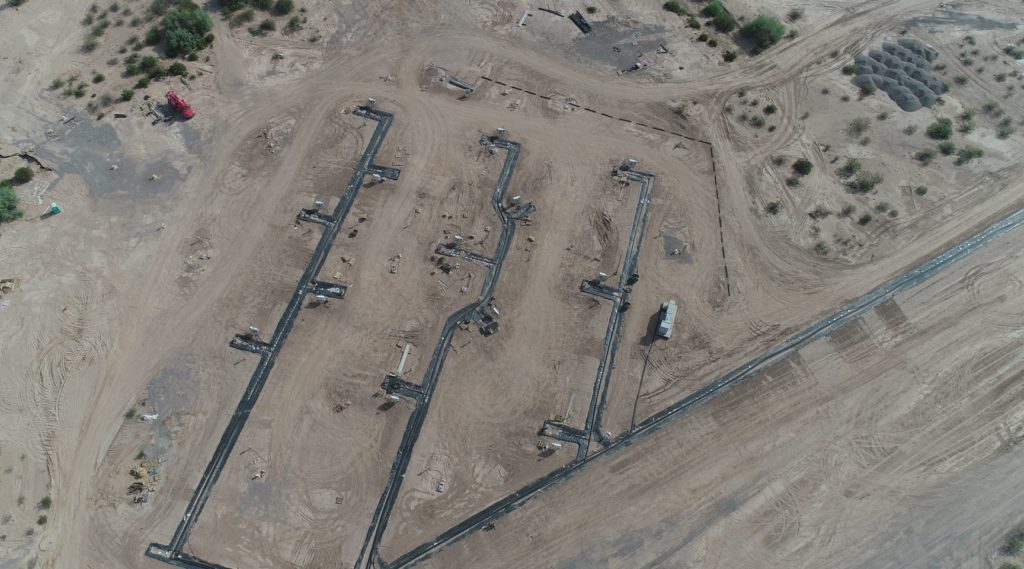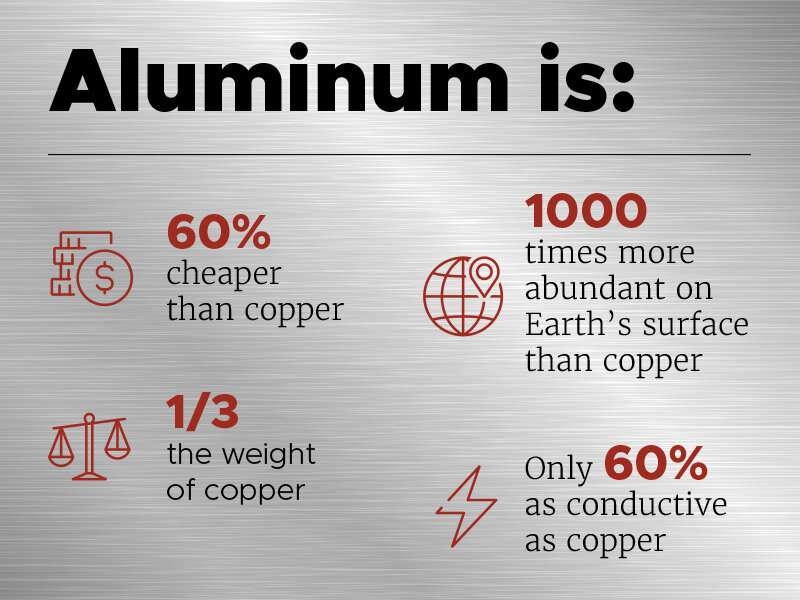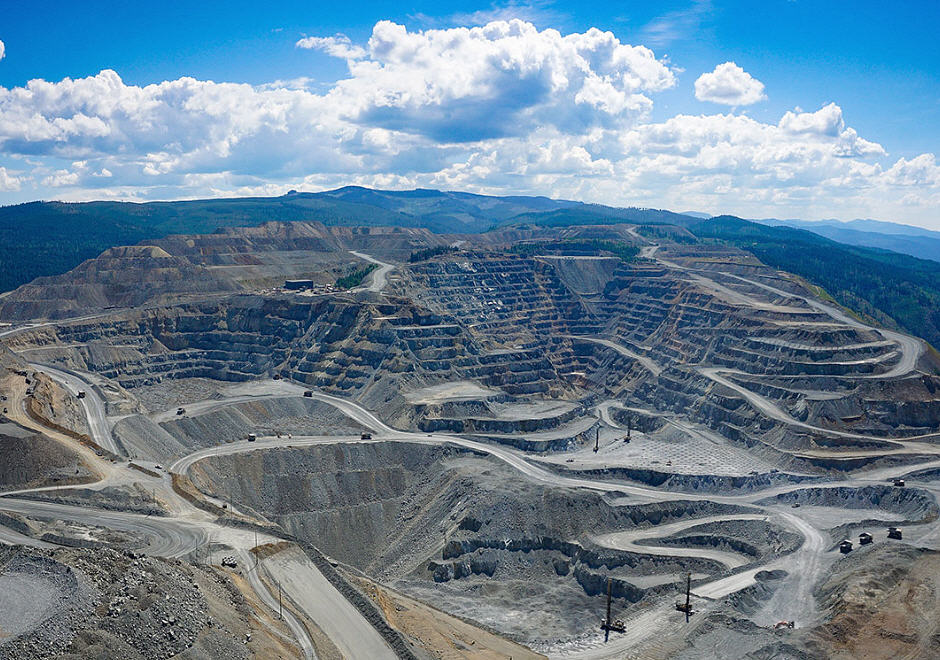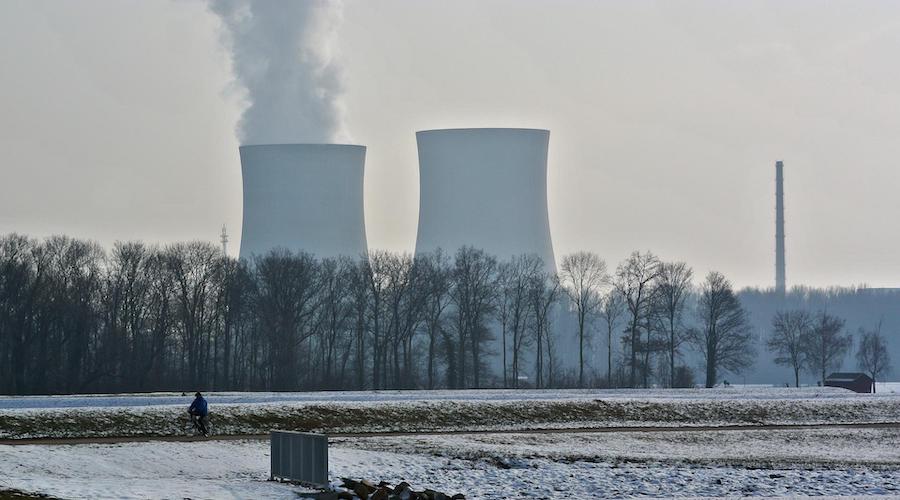Green energy development affected by rise in oil, metal prices â study
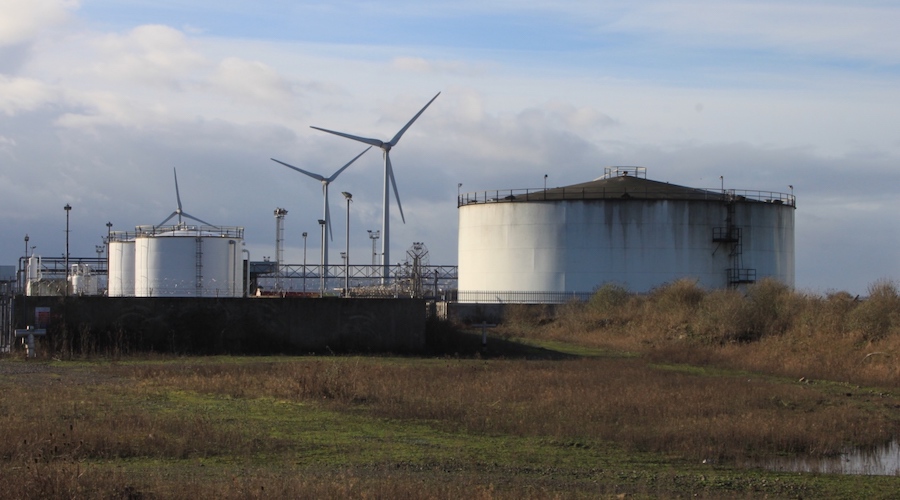

“Making solar panels, for example, requires oil, and battery production requires the transportation of materials and equipment for the extraction of minerals. Therefore, in the process of providing renewable electricity, non-renewable resources are also needed and they have a cost,” Kazi Sohag, senior researcher at Russia’s Ural Federal University said in a media statement.
Sohag pointed out that the demand for certain metals and minerals also needs to be accounted for when weighing the costs of the energy transition.
As an example, he mentioned that a photovoltaic solar power plant contains approximately 5.5 tonnes of copper per megawatt of electricity generation, while a conventional power plant needs only one ton. In addition to copper, solar panels require other raw materials such as indium or tellurium, cadmium, and silver.
“It should be noted that this fact can be useful for Russia as a country — the main exporter of oil and at the same time a major importer of minerals. The Russian Federation imports copper needed for solar energy as well as lithium, chromium, cobalt, and nickel used for electric vehicle batteries,” the researcher said.
“Given the potential growth in demand and rising prices for minerals, now the reallocation of oil revenues could increase the amount of imported metals and accelerate the transition to clean electricity.”
To reach their conclusions, Sohag and his colleagues used a сross-sectional autoregressive distributed lag (CS-ARDL) method to analyze data from nine leading mineral-importing countries including Russia, Australia, the US, Brazil, Canada, Chile, Mexico, South Africa, and Ukraine.
This post has been syndicated from a third-party source. View the original article here.
